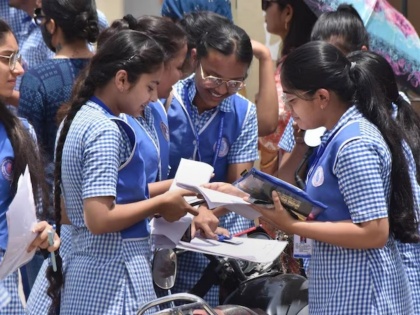2024’s First Lunar Eclipse: Date, Time, and Sutak Period Information
In 2024, two lunar eclipses are anticipated. The first one will fall on the day of the full moon, which is always Phalgun Purnima; solar eclipses, on the other hand, happen during the new moon. For lunar eclipses, the Sutak period starts nine hours in advance; for solar eclipses, it starts twelve hours in advance. The nine hours leading up to a lunar eclipse is known as the Sutak period. Temples shut for worship at the start of the Sutak era.

It is prohibited to eat, cook, sleep, pray, or do auspicious actions during the Sutak time. Elderly people, children, and pregnant women should all get extra attention. Dr. Krishna Kumar Bhargava of Tirupati offers information on the Sutak period for the first lunar eclipse of the year as well as insights into its timing. He also talks about how visible the first lunar eclipse of the year was throughout the world.
On March 25, a Monday and the full moon day of Phalgun month, there will be the first lunar eclipse of the year. On that day, the moon rising is anticipated at 06:44 p.m. The first solar eclipse of the year will occur on Chaitra Amavasya in April, after this one. Notably, India won’t be able to see the lunar eclipse. At 10:24 am, the penumbral lunar eclipse starts, and it ends at 03:01 pm with the final penumbra contact. The actual penumbral lunar eclipse is scheduled to begin at 12:43 pm and persist for four hours and thirty-six minutes.
The year begins with a penumbral lunar eclipse in India that may be seen in the Pacific, Atlantic, Arctic, Antarctica, North and East Asia, Europe, Australia, and Africa. Eclipses have religious importance in addition to their astronomical significance. Mythology states that nectar appeared when gods and devils churned the seas. After giving the nectar to the gods in his guise as Mohini, Lord Vishnu was tricked by a demon and drank it. In retaliation, Lord Vishnu cut the demon’s neck with his Chakra, becoming Rahu and Ketu, who, because of the nectar, obscure the Sun and Moon every Amavasya and Purnima. In fact, the Sutak time is irrelevant for these eclipses as none would be visible in India.







